The Paris 2024 Olympic Torch is a symbol of the upcoming Olympic Games, representing unity, peace, and sportsmanship. Designed by French designer Mathieu Lehanneur, the torch embodies the themes of equality, water, and peace. The design of the torch reflects the spirit of the Paris 2024 Olympic Games, emphasizing sustainability and elegance.
To embrace the Olympic vibes, we used SLA 3D printing to produce a 1:1.5 3D printed torch model. The torch 3D print was print-in-place (but without an internal mechanical system). In the following content, we will discover details of this scaled torch and learn more about print-in-place 3D models.
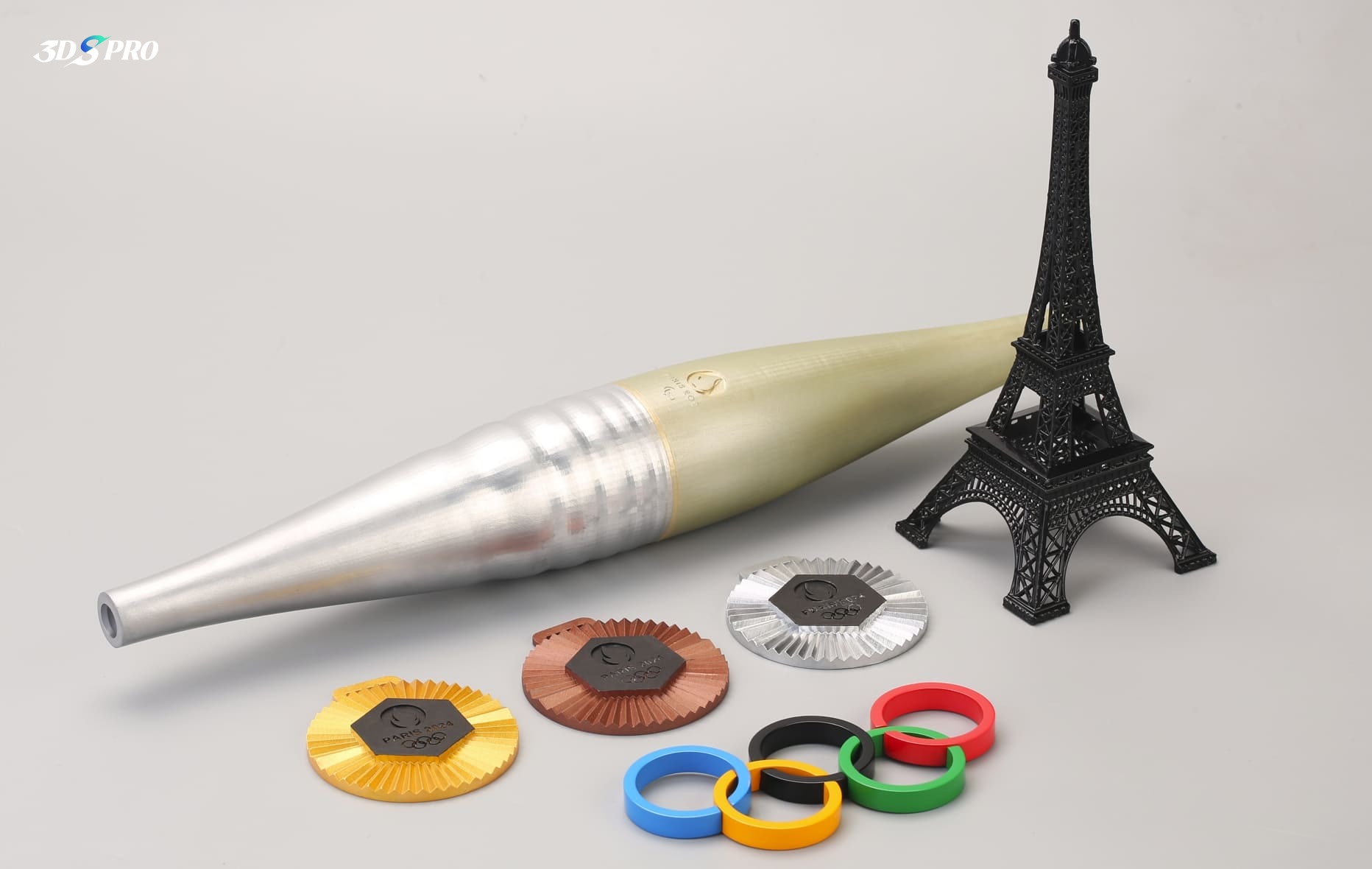
We Made A Print-in-Place Olympic Games Torch
● Process: SLA
● Material: Quality Resin
● Post-processing: Spray Painting (Metallic Paint)
We are excited to introduce you to our latest creation: the print-in-place Olympic Torch! Using the precision of SLA (stereolithography) technology, we crafted this torch from high-quality resin, ensuring durability and detail. The torch features a unique print-in-place structure, with a center section that rotates seamlessly without any assembly required.
To achieve a stunning finish, we sprayed paint the torch 3D print with metallic paint lacquer during post-processing, giving the torch an elegant surface finish. The torch celebrates the spirit of the Olympic Games and showcases a key capability of 3D printing.
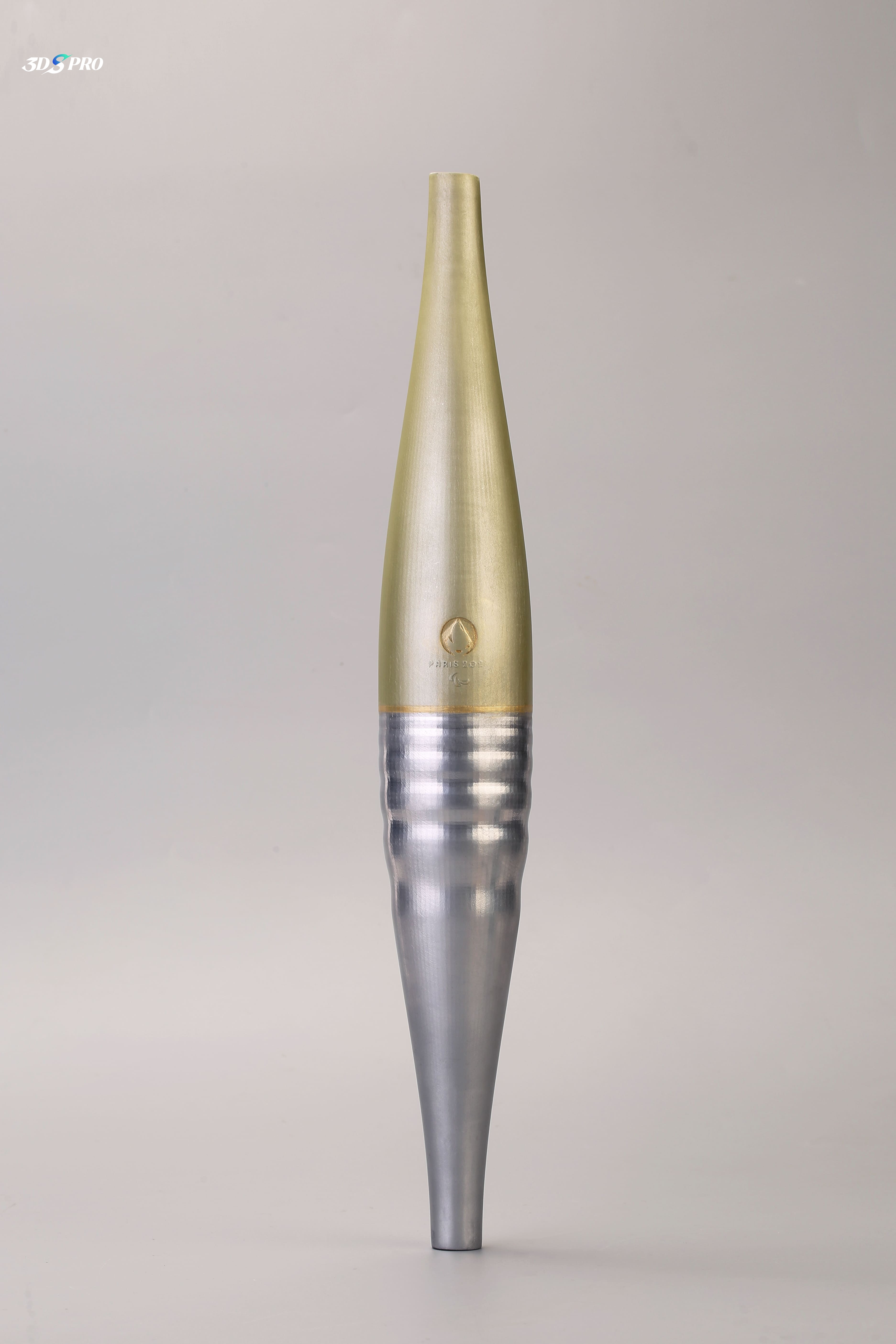
What are print in place 3D models?
Print-in-place 3D models are designed to be printed as a single, integrated unit with moving parts, eliminating the need for post-print assembly. Print-in-place allows for the creation of intricate, articulated objects that are fully functional right off the print bed. The print-in-place 3D models have the following features:
● Single Print Process: The entire model, including its movable components, is printed in one go.
● No Assembly Needed: Unlike traditional models that require assembling separate parts, print-in-place models are ready to use immediately after printing.
● Articulation and Flexibility: These models often feature joints, hinges, or other mechanisms that allow movement.
● Support-Free Printing: Many print-in-place designs are optimized to print without the need for additional support structures.
Examples of print-in-place models include articulated animals, mechanical toys, and functional tools like wrenches or pliers.
Why 3D printing is capable of making print-in-place models?
3D printing excels at creating print-in-place models because of its additive manufacturing natural. The process to build objects layer by layer, allowing for complex designs and geometries. Thus, 3D printing offers extraordinary design flexibility, producing detailed models with moving parts without the need for assembly.
Additionally, 3D printing is material-efficient, using only what is necessary and reducing waste. Many print-in-place designs are optimized to print without the need for additional support structures, making the process more efficient and minimizing post-processing time. 3D printing’s rapid prototyping capabilities also allow for rapid iteration and improvement of designs, making it ideal for developing fully functional, print-in-place objects.
Our Capabilities to Create Print-in-Place Parts
We can produce print-in-place parts with our dedicated 3D printing capabilities, including SLM, SLS, MJF, and SLA 3D printing.
1. Selective Laser Melting (SLM)
SLM can produce highly detailed and strong metal parts with complex geometries, making it ideal for manufacturing durable, functional components that require high strength and precision.
2. Selective Laser Sintering (SLS)
Using powder materials, SLS enables us to create complex and flexible parts without the need for support structures, making it ideal for producing durable, lightweight components with excellent mechanical properties.
3. Multi Jet Fusion (MJF)
MJF quickly produces high-quality parts with fine details and smooth surfaces. It is particularly suitable for manufacturing functional prototypes and end-use parts with extremely high dimensional accuracy and strength.
4. Stereolithography (SLA)
SLA offers exceptional detail and surface finish, making it ideal for producing complex and aesthetically pleasing parts. Our SLA process uses premium resins to create precise, smooth, and durable parts.
With our capabilities, we can produce innovative print-in-place parts that are ready to use right after printing, ensuring efficiency and high performance for a wide range of applications.
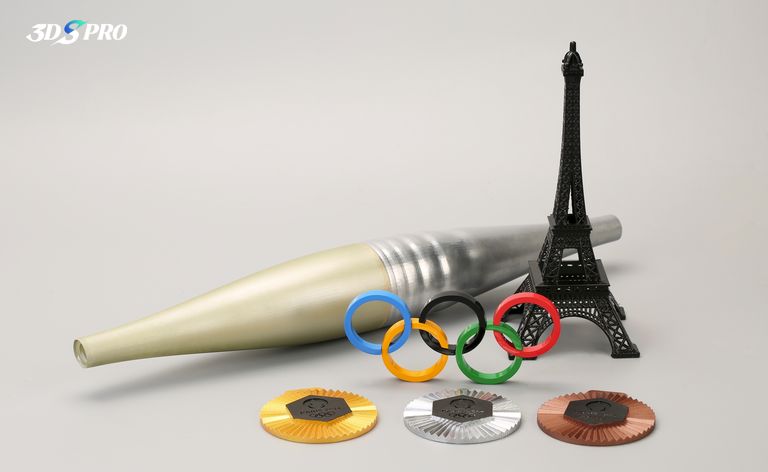












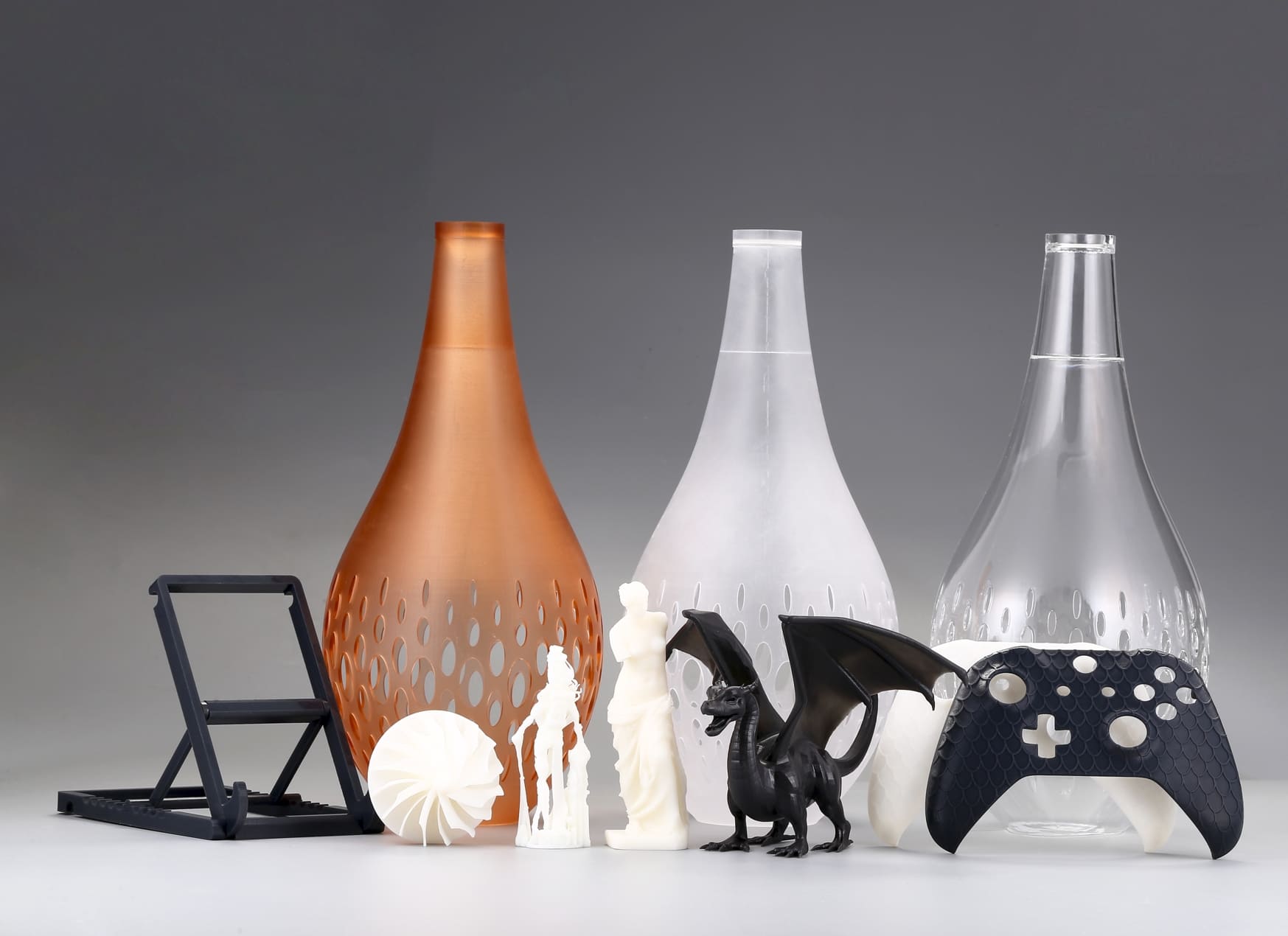
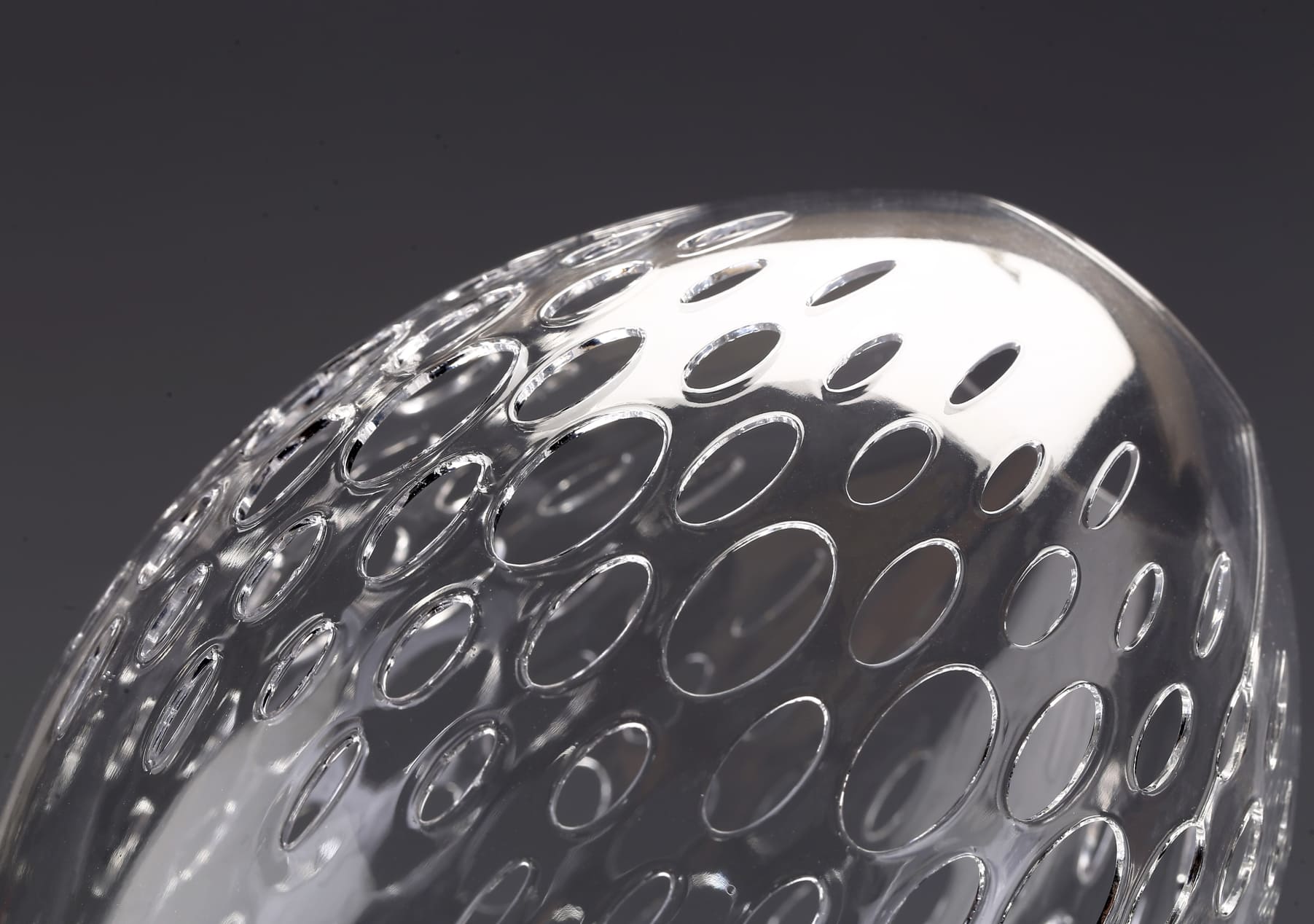
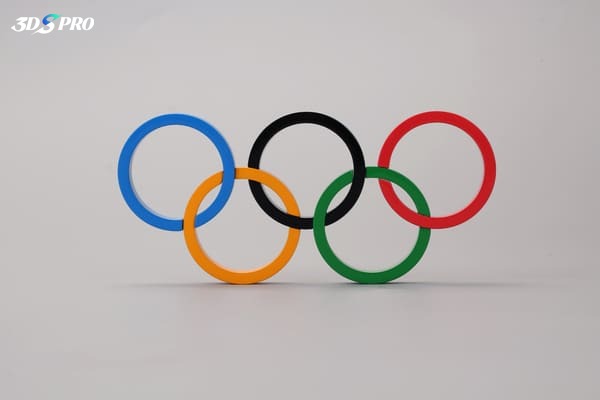

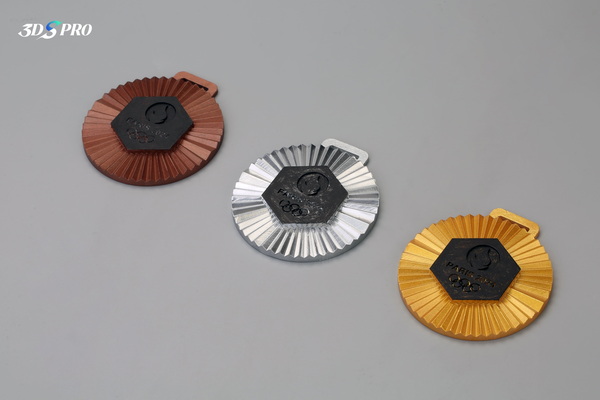









Pourriez-vous effacer mon commentaire s'il vous plaît ?
Bonjour je serais intéressé par 1 paire de torches olympiques et paralympiques quel serait le prix merci.